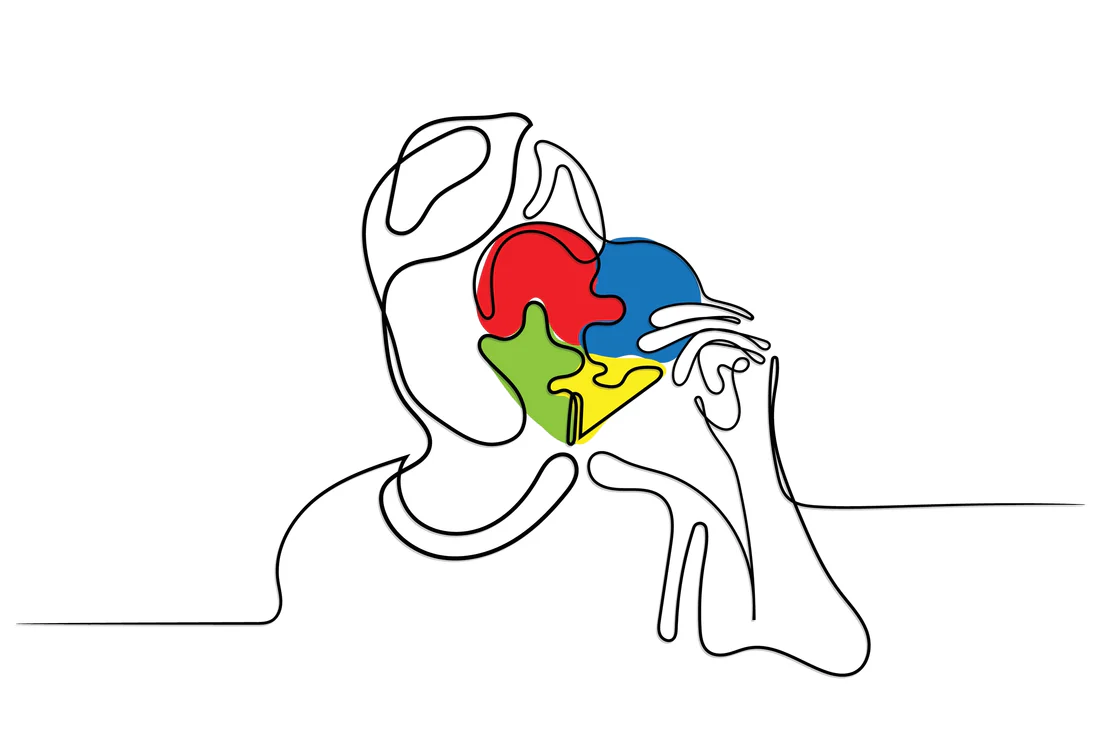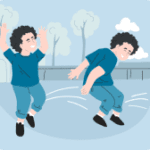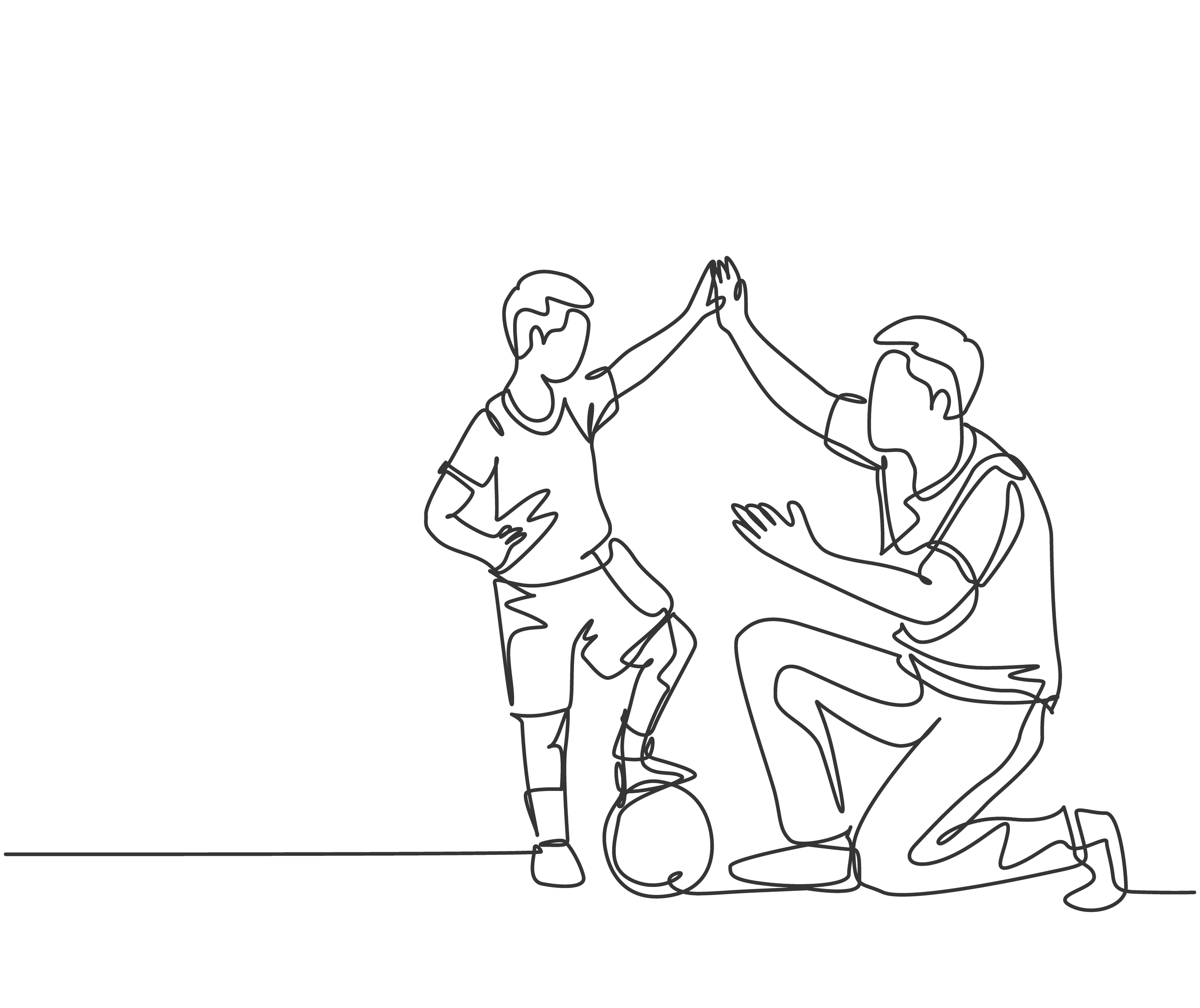Can Kids Grow Out of Sensory Seeking? See our Therapy Plan!
July 10, 2024
Can Kids Grow Out of Sensory Seeking? See our Therapy Plan!
Pediatric Rehabilitation: Therapy Plan for Sensory Seeking Children
Sensory seeking children exhibit a tremendous desire for experiences that provide strong sensory input, especially tactile, proprioceptive, and vestibular stimulation. The primary goals of this therapy plan are to provide structured and beneficial sensory experiences that can help regulate the child’s sensory system, improve their focus, and decrease instances of sensory seeking behaviors that might interfere with daily activities and learning.
This therapy plan incorporates Sensory Integration Therapy techniques designed to aid sensory seeking children in managing their needs in a positive, effective manner. Here is a detailed overview of activities and strategies aimed at achieving these goals.
Sensory Activities and Exercises
1. Action Room for Vestibular Stimulation
- Objective: Utilize swinging, rocking, and spinning activities to calm and organize the overactive brain.
- Activities:
-
- Install a therapy swing or hammock in a dedicated space to provide a safe environment for controlled spinning and swinging.
- Encourage activities such as rolling on a large therapy ball or gentle roughhouse play on soft mats to provide full-body proprioceptive feedback.
2. Chill Spa for Tactile Stimulation
- Objective: Create a sensory-friendly space that allows for calming tactile experiences.
- Components:
-
- A small tent or canopy filled with pillows, blankets, and plush toys provides a soft-touch experience.
- Different textures such as fuzzy carpet squares, smooth satin, or bumpy mats for exploratory tactile play.
3. Obstacle Course for Proprioceptive Input
- Objective: Facilitate proprioceptive (body awareness) feedback through heavy work and resistance activities.
- Design Elements:
-
- Crawling through tunnels, climbing over cushioned blocks, and maneuvering through a course of cones with weighted vests or ankle weights.
- Encourage pushing or pulling heavy objects, such as a box filled with books, to provide deep pressure and resistance.
4. Catch and Throw Games for Coordination
- Objective: Improve hand-eye coordination and focus through engaging games.
- Method:
-
- Use soft, weighted balls for tossing and catching. Increase the distance gradually to challenge the child’s skills.
- Incorporate a variety of textures and sizes for the balls to integrate tactile exploration into the activity.
5. Break Box for Self-Regulation
- Objective: Provide tools and items that the child can use independently to calm down when feeling overwhelmed.
- Contents:
-
- Stress balls, chewable jewelry, handheld fidget toys, and headphones with calming music or white noise.
- Visual items like liquid timers or slowly changing lights can also be included for those who are visually oriented.
6. Mouth Entertainment for Oral Sensory Needs
- Objective: Address oral sensory seeking behaviors in a healthy and safe manner.
- Options:
-
- Offer chewable necklaces, straws to chew on, or crunchy and chewy foods during snack times.
- Encourage the use of a vibrating toothbrush for oral stimulation, under adult supervision.
Can Kids Grow Out of Sensory Seeking?
It’s important for parents and caregivers to understand that while some children may seem to ‘outgrow’ their sensory seeking behaviors, others may continue to need support as they develop. Sensory needs can change over time, and what works for a child at one age might not be effective as they grow older. However, with the right interventions and continuous support, children can learn to manage their sensory needs in ways that are both productive and healthy, leading to improved functioning and well-being.
Implementing a structured plan that includes a variety of sensory activities tailored to the child’s specific needs can significantly contribute to their ability to process sensory information more effectively. By providing opportunities for sensory exploration and learning to self-regulate, children with sensory seeking behaviors can achieve greater comfort and success in their everyday lives. Parents and caregivers are encouraged to collaborate closely with pediatric physical and occupational therapists to ensure that the activities are both enjoyable and therapeutic for the child.








































 Speech Therapy
Speech Therapy Physical Therapy
Physical Therapy Occupational Therapy
Occupational Therapy




